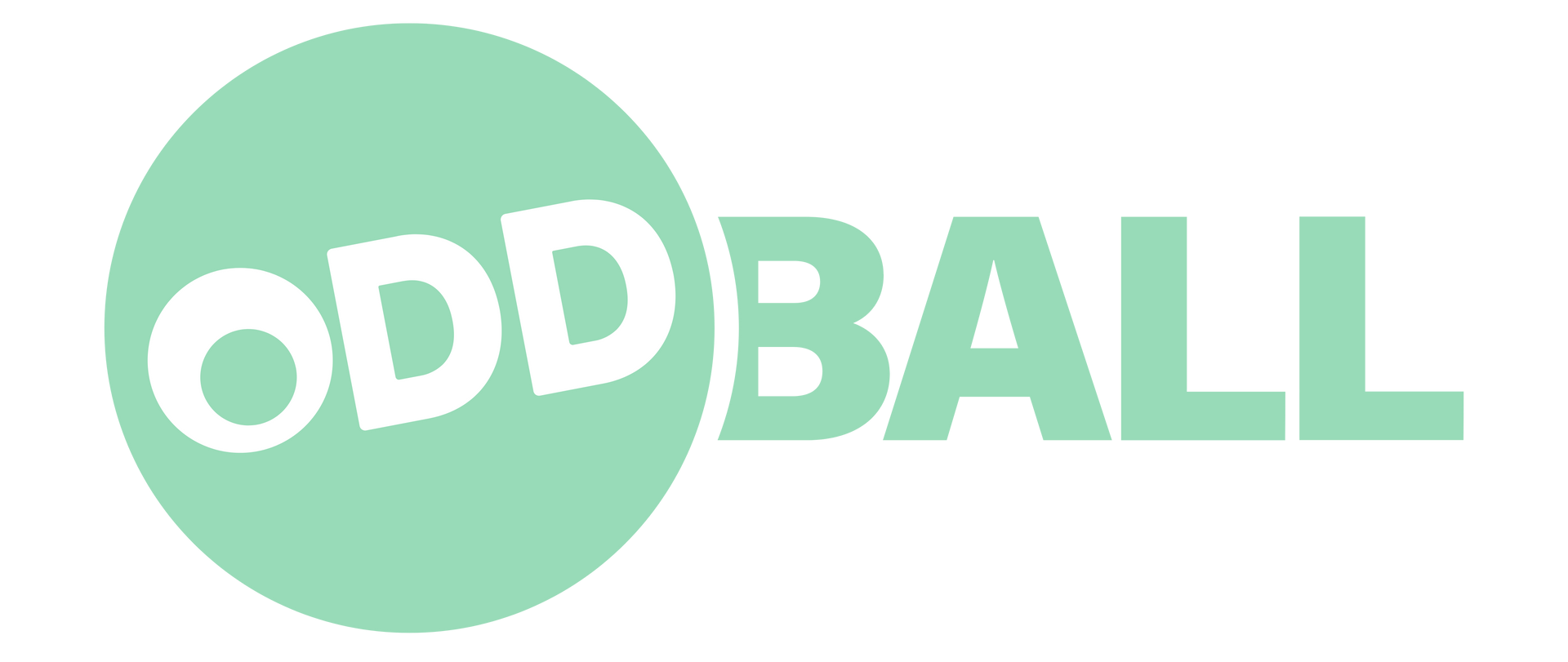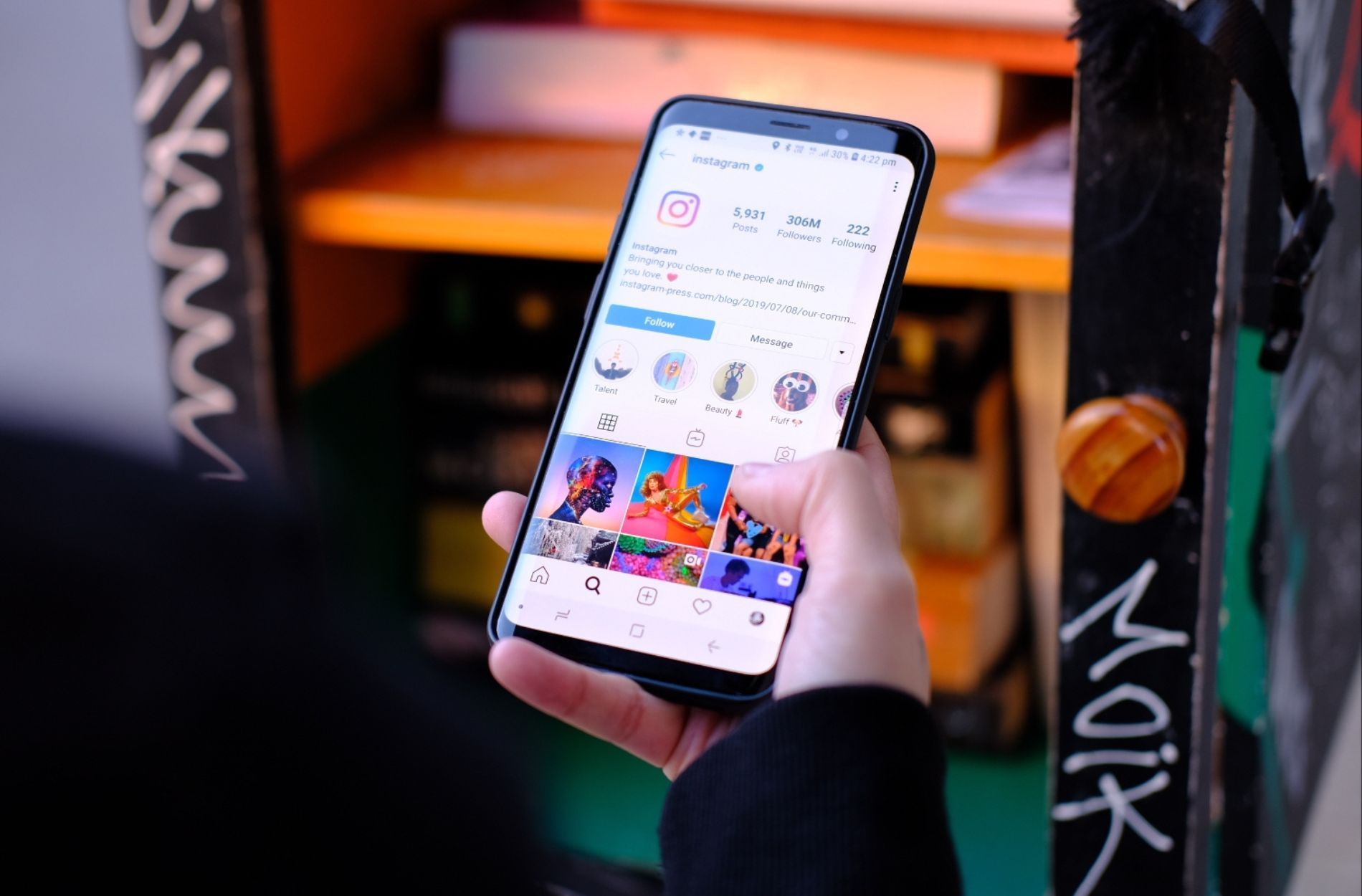Designing a Website That Converts
A well-designed website can be a powerful tool for turning visitors into loyal customers. It's your digital storefront, and just like a physical store, its layout, design, and ease of use directly impact the experience of anyone who visits. Think about your last shopping trip. Would you return to a store where you struggled to find what you needed, or felt overwhelmed by cluttered aisles? Probably not. The same concept applies to your website; it needs to be inviting, easy to navigate, and offer value to your visitors.
In this piece, we'll cover the key strategies to craft a website that draws in visitors and effectively converts them into customers. From understanding your audience to ensuring your site loads quickly, each step plays a role in capturing interest and encouraging action. It's time to dive into these strategies and see how they can transform your online presence.
Understand Your Audience
Knowing who you're speaking to is the first step in designing an effective website. You wouldn't use the same approach to sell toys as you would high-end furniture. Understanding your target audience guides every aspect of your design, ensuring it's not only visually appealing but resonates on a personal level.
Getting to know your audience involves a mix of research and intuition. Start by creating customer personas. These are profiles of your typical customers, detailing their likes, dislikes, habits, and what they're looking for in a product or service. You can gather this information through surveys, feedback forms, and even by analyzing the behaviors of visitors on your website.
Once you have a good grasp of who your audience is, tailor your design choices to meet their needs. For instance, if your target group is young professionals, consider sleek and modern layouts with direct, informal language. On the other hand, a more traditional audience might appreciate classic design elements and a formal tone.
By aligning your website with the desires and expectations of your audience, you're more likely to keep their attention and guide them toward making a purchase. When visitors feel understood and see that your offerings are just what they need, they're more likely to engage, explore, and eventually become customers.
Prioritize User Experience (UX)
User experience, or UX, is all about how easy and enjoyable it is for someone to use your website. It's the cornerstone of a successful design because it directly impacts whether visitors stay or leave. A smooth, intuitive UX can turn a casual browser into a committed buyer.
Here are some key elements to focus on to enhance UX:
- Navigation:
Your website should be easy to move around. Imagine arriving at a vast library with no signs telling you where to find the books. Frustrating, right? Clear menus and logical page arrangements help visitors find what they're looking for quickly.
- Layout:
Organize your content in a way that makes sense. Use headings, bullet points, and whitespace effectively to avoid overwhelming your visitors.
- Responsiveness: In an age where mobile traffic can surpass desktop, ensuring your site looks and works great on all devices is crucial.
- Loading Speed:
Visitors will click away if your pages take too long to load. Optimize images and use efficient coding to keep things fast.
Investing in an excellent user experience is investing in your business. It shows that you respect your visitors' time and preferences, and it's a surefire way to build trust and convert curiosity into sales.
Implement Clear Calls to Action (CTAs)
Crafting effective calls to action is like giving your website visitors a friendly nudge. These elements guide potential customers toward taking actions you want them to, like signing up for a newsletter or making a purchase. To make sure your CTAs resonate, consider these strategies:
- Be Clear and Direct:
Use straightforward language that tells visitors exactly what to do. Instead of a vague "Click Here," opt for something precise like "Download Your Free Guide" or "Start Your Free Trial."
- Strategic Placement:
Place CTAs in spots where users naturally look. This might be at the end of a piece of content, on product pages, or in the sidebar. It's about catching their eye at just the right moment.
- Design Elements: Make your CTAs stand out with contrasting colors and bold fonts. The goal is to ensure they grab attention without overpowering the content.
- Create a Sense of Urgency:
Words like "today" or "limited time" can encourage quick action.
While designing CTAs, always keep the user's journey in mind. If a visitor feels overwhelmed by too many prompts or if they're unclear, they might leave your site altogether. Therefore, balance is key — too few, and they might not engage; too many, and they might feel pressured.
Optimize for Speed and Performance
A speedy website isn't just a luxury; it's a necessity. Today's internet users expect sites to load swiftly, and if yours doesn't, they might just move on to a competitor's without thinking twice. Slow sites can lead to high bounce rates, meaning you lose potential customers before they even explore your offerings.
Here are tips to ensure your website operates smoothly:
- Image Optimization:
Large images can be major culprits behind slow loading times. Reduce their size without compromising quality. Tools like image compressors can help.
- Leverage Caching: By storing some parts of your site for quicker access, caching speeds up the user experience. It's like having a shortcut path for your visitors.
- Reduce Server Requests:
Fewer, more efficient requests can result in faster page loading times. Minimize heavy scripts and excessive plugins.
Monitoring your site's performance is ongoing work. Use available tools to identify and fix speed bottlenecks. A faster site equals happier visitors and more chances for conversion.
Test and Iterate
A website isn't a "set it and forget it" deal. Continuous testing and tweaking keep your site relevant and functional. By examining how users interact with your site, you gather valuable insights into what's working and what's not.
Consider the following methods:
- A/B Testing:
Compare two versions of a webpage to see which performs better. It's an effective way to test different headlines, images, or CTAs and understand user preferences.
- Gather Feedback:
Direct input from users provides real-world insights into site improvements. Encourage feedback through surveys or direct inquiries.
- Regular Updates:
Your content and design need refreshing to stay current. Regularly updating keeps information relevant and can improve SEO rankings.
Over time, these strategies build a site that doesn't just look good, but functions in a way that truly meets the needs of your audience. Regular updates make sure your site evolves as times and preferences change.
Elevate Your Online Presence
In summary, creating a website that successfully converts visitors involves understanding your audience, prioritizing user experience, implementing effective CTAs, ensuring fast performance, and continually testing your strategies. Each component plays a pivotal role in turning passersby into engaged customers.
As you consider these elements, remember that a professional touch can significantly enhance the quality and effectiveness of your site. Expert guidance can help you avoid common pitfalls and leverage techniques that might otherwise go unnoticed. With dedication and the right strategies, your website can become a powerhouse for your brand, drawing in visitors and keeping them coming back for more.
Elevate your website's impact and captivate your audience with precision and creativity. Partner with Oddball Creative, your trusted
website agency, to transform your online presence into a compelling experience that boosts conversions. Our team understands the nuances of engaging design and user experience, ensuring your site not only attracts visitors but also keeps them coming back for more. Let us help you create a powerful digital storefront that reflects your brand's essence and drives results.



